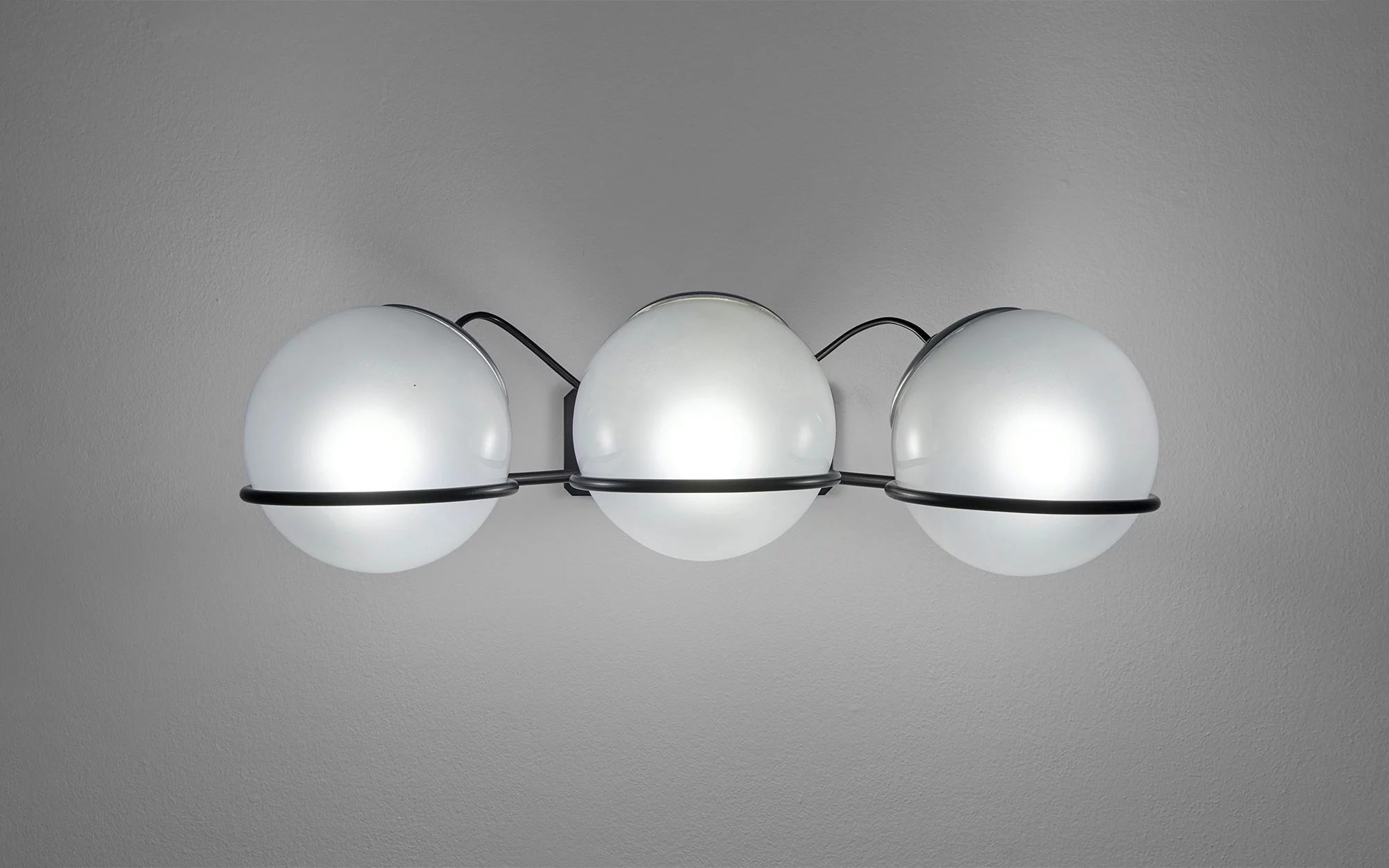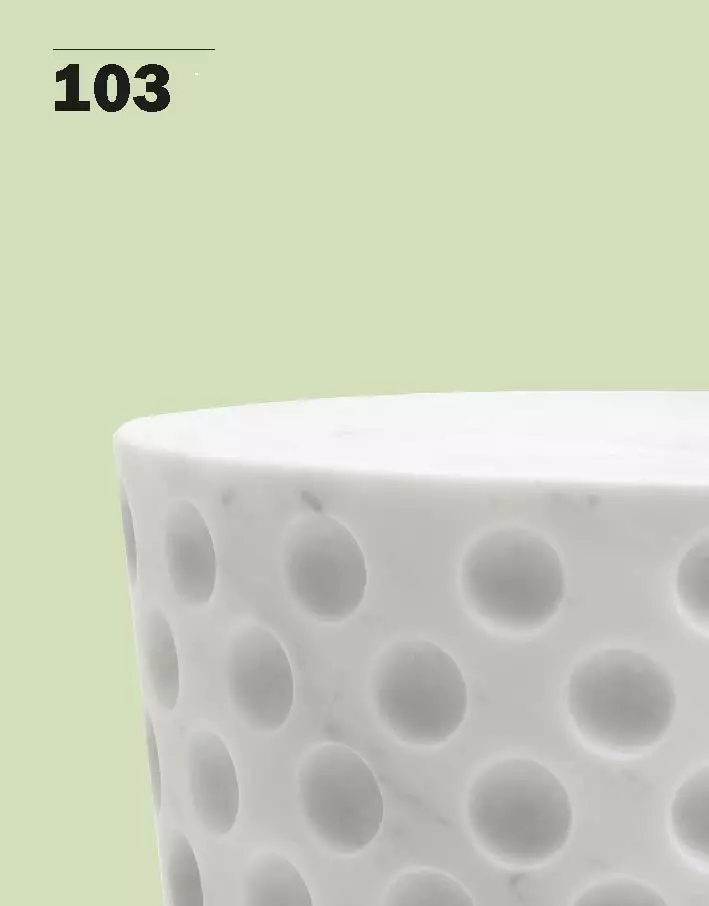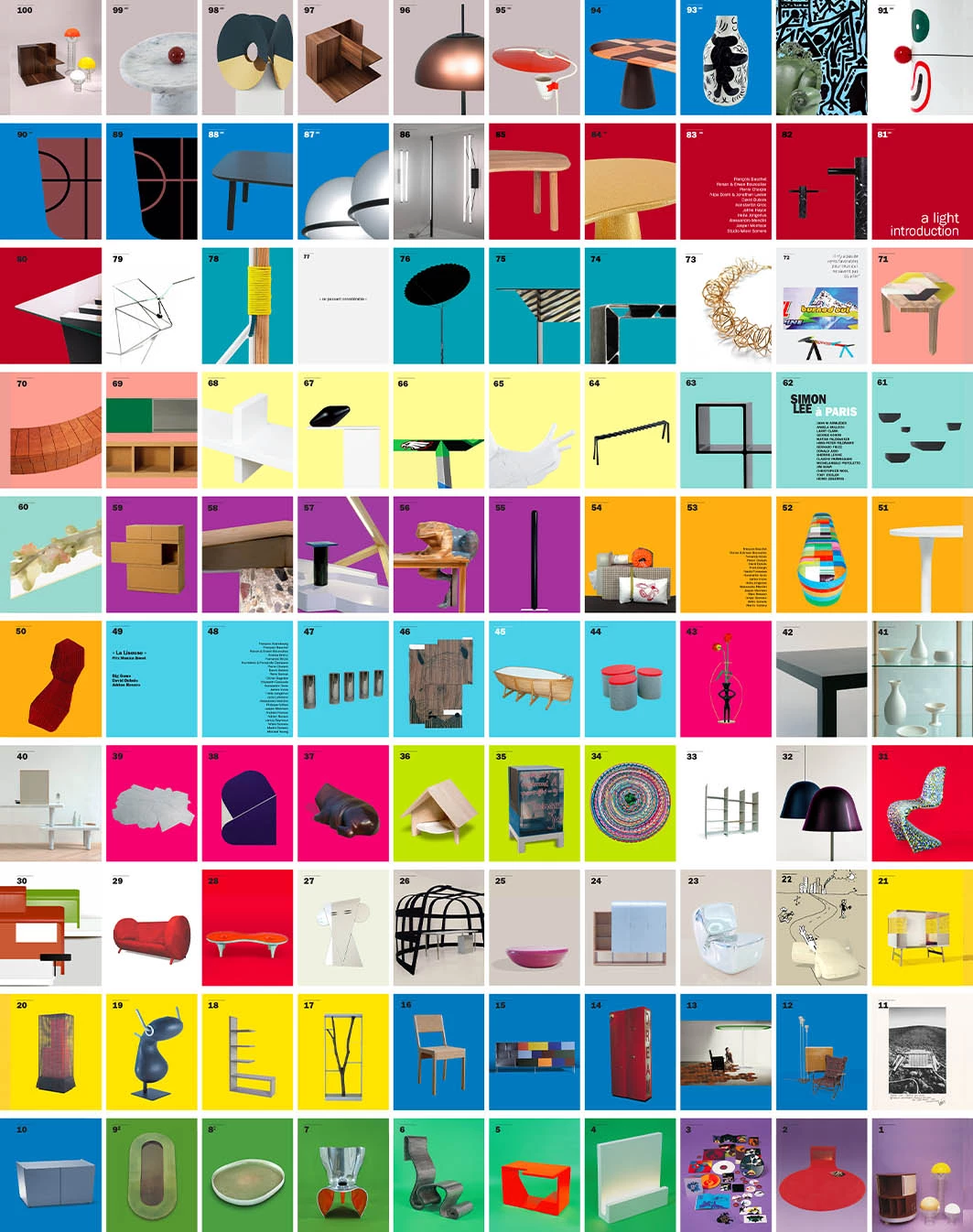James Irvine
United Kingdom — b. 1958
Biography
James Irvine was born in London (United Kingdom) in 1958. He graduated from the Kingston Polytechnic in desing and then went on to the Royal College of Art in London. In 1984, he moved to Milan. Between 1984 and 1992, he worked as a consultant at Olivetti in industrial design under the direction of Michele de Lucchi and Ettore Sottsass. In 1988, he opened his own studio where his client list included the Italian company Cappellini. Between1993 and 1997, in parallel with his own activities, he became a partner in Sotssass Associati, Ettore Sottsass’ agency where he was in charge of industrial design...
James Irvine was born in London (United Kingdom) in 1958. He graduated from the Kingston Polytechnic in desing and then went on to the Royal College of Art in London. In 1984, he moved to Milan. Between 1984 and 1992, he worked as a consultant at Olivetti in industrial design under the direction of Michele de Lucchi and Ettore Sottsass. In 1988, he opened his own studio where his client list included the Italian company Cappellini. Between1993 and 1997, in parallel with his own activities, he became a partner in Sotssass Associati, Ettore Sottsass’ agency where he was in charge of industrial design. In 1999, he finished the design of the new transport system in Hanover (Germany). In 2003, and again in 2007, he took part in the « Miroirs » and « Tabourets » exhibitions at the Galerie kreo. Today, his Milanese studio works with various internationny renowned companies including Artemide, B&B Italia, Magis and Canon. In 2004, he was awarded Royal Designer for Industry by the Royal Society of Arts in London.
He died prematurely in 2013. Actually, Studio Irvine is still working thanks to Marialaura Rossiello Irvine and Maddalena Casadei who was his right arm for nine years.
The Studio Irvine’s approach is rooted in the classics of the Italian design school but with a broader international outlook. Its activity is cross-disciplinary and its products take the human factor and personal interaction into consideration. James Irvine’s working method is still continued.





